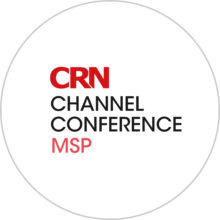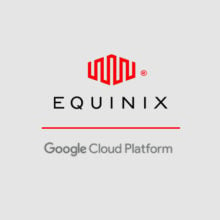Convergence is an important trend across many areas of the technology industry. Yet taking converged solutions to market presents a distinct set of challenges, which are not always recognised. In this article I look at some of the areas that vendors and service providers need to consider when developing go-to-market plans for converged offerings.
A universal trend
Whatever area of the technology industry you work in, convergence is probably impacting your market and influencing your product strategy. In the communications sector we’re seeing the convergence of traditional telephony functions with the world of collaboration tools and apps. In hardware infrastructure a major growth area is Converged Systems, which combine server, storage and network technologies into pre-integrated solutions. In the security field we’re seeing convergence in areas such as Identity and Access Management, and Advanced Threat Protection.
New challenges
While the specific technologies may vary, the drivers for convergence are fairly common, usually focusing on customer benefits such as improved functionality, more rapid deployment, easier management and lower TCO. This opens up new opportunities, but it also presents a number of challenges for those in the business of marketing and selling the converged technology, particularly in the early stages. Often a different approach will be required for the converged solution than for the non-converged products it’s replacing.
Lazy won’t work
Working within an established product category simplifies many marketing tasks, and can encourage a lazy approach. Demand already exists, customers understand the benefits and will have clearly defined buying criteria. In such a situation you can probably get away with focusing on product features, so called ‘speeds and feeds’. As long as you understand the customers’ typical buying criteria and can persuade them that your product is faster, cheaper, more reliable etc then you might be able to get away with not really understanding what the business need is that’s driving the customer’s purchase.
Yet a converged solution often cuts across established categories, and makes existing reference points irrelevant. For a customer, the decision just got more complex; comparing a converged with a non-converged solution might feel like trying to compare apples with pears. And confusion leads to delayed purchasing decisions.
Back to basics
To overcome this, you need to an extent to go back to marketing 101. You need to ensure that you understand what fundamental business needs you’re addressing; what pressing pain points you’re alleviating, and you need to be able to articulate how your converged solution is better at meeting those core needs.
You can’t sit back and wait for Procurement to issue an RFP or you might find that the RFP is written around a completely different type of product. You need to understand who’s driving and influencing the purchase decisions, and then influence their thinking about the type of solution that’s right for their business. In the early stages of the market’s development your story will need to be as much about establishing the relevance of the concept, as it will be about promoting your specific product.
Don’t ignore sales enablement and channel issues
Convergence also brings other challenges that need to be considered. For example, it may require significant upskilling of your sales and technical teams. A salesperson that understands PBXs and telephony probably lacks knowledge of the world of platforms and apps. A pre-sales guy that knows servers inside out, may struggle with the storage features of a Converged System.
Bringing a converged product to market may also cut across existing channel structures. Channel partners will have invested in particular product specialisms, often based on non-converged categories. To get those partners aligned behind your converged solution requires more than just telling them why it’s a superior piece of technology. You’ll need to get them to think differently about what they do, where they focus and who they sell to. So the partner proposition needs be clearly articulated.
Challenge your preconceptions
Going to market with a converged solution isn’t inherently different than for any other type of innovative concept. However, because converged solutions are often developed by vendors who’ve previously been successful in one or more of the non-converged categories, there is a tendency to assume that what worked in the past is the right approach for the new product. That’s usually a mistaken assumption.
By challenging preconceptions and ensuring that you think through the implications across all areas of your go-to-market, you’ll increase the likelihood that your activities will converge on a successful outcome.



